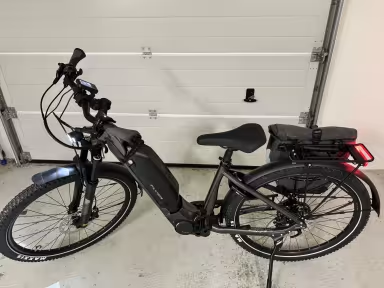E-Bike Enduro
958 Enduros
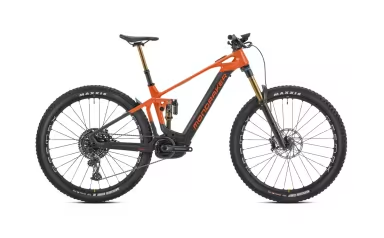
Mondraker CRAFTY CARBON RR
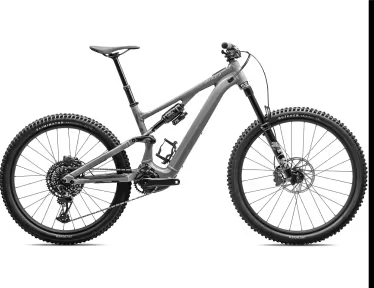
SPECIALIZED Turbo Levo Sl 2 Comp Alloy
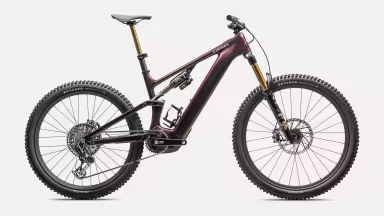
SPECIALIZED S-Works Turbo Levo
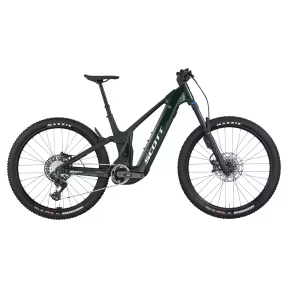
SCOTT Patron eRIDE 900
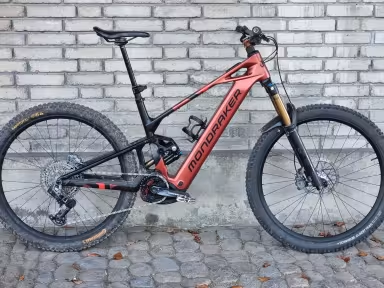
Mondraker CRAFTY CARBON RR

Bulls Sonic EVO EN 2
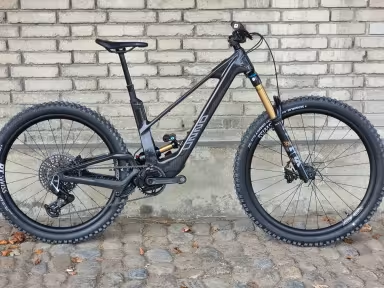
Unno Mith Pro
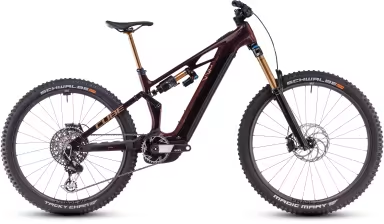
Cube Stereo Hybrid ONE77 HPC SLT 800
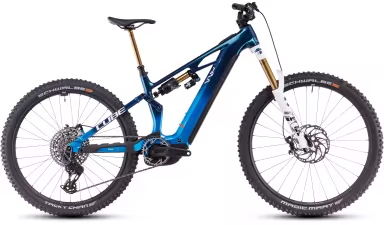
Cube Stereo Hybrid ONE77 HPC AT 800
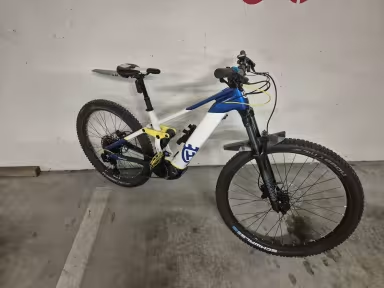
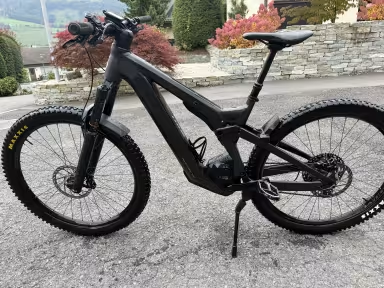
SCOTT Patron Eride 920
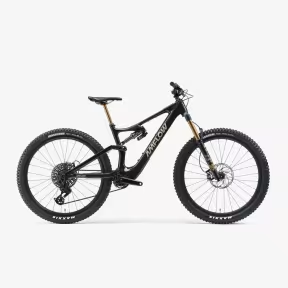
AMFLOW Pl Carbon Pro 800 Wh
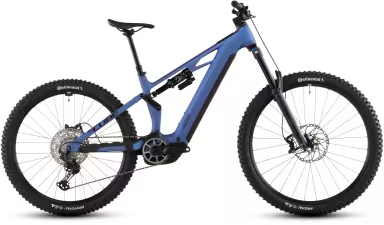
Cube Stereo Hybrid ONE77 HPC SLX 800
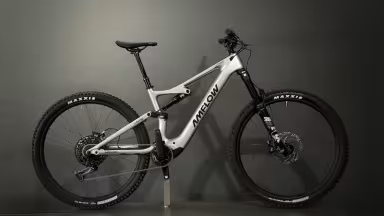
AMFLOW Pl Carbon 800Wh
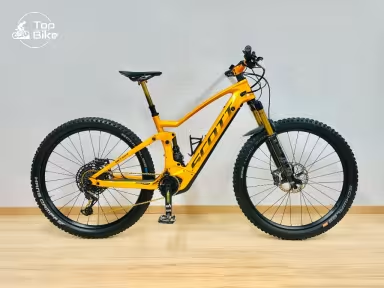
SCOTT Genius eRide 900 Tuned
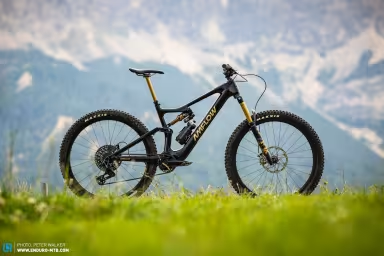
AMFLOW Pl Carbon Pro 800 Wh

AMFLOW Pl Carbon Pro 800 Wh
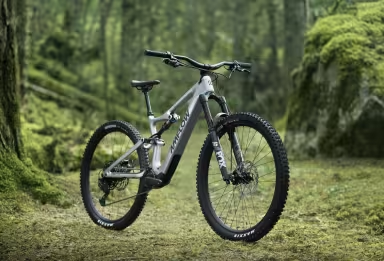
AMFLOW Pl Carbon 800Wh

SPECIALIZED Turbo Levo Comp Carbon

AMFLOW Pl Carbon 800Wh
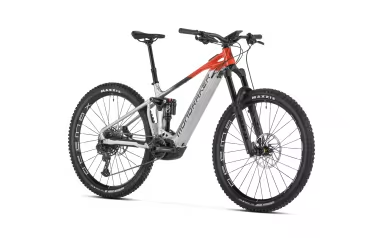
Mondraker CRAFTY CARBON R

Focus Sam² 6.8
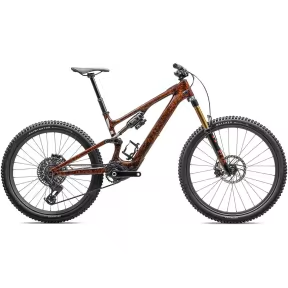
SPECIALIZED Turbo Levo Sl Pro Carbon
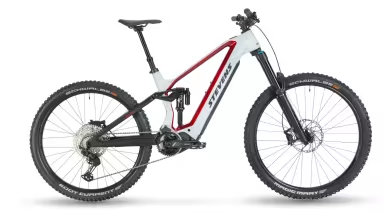
Stevens E-Inception Ed8.7.2 Gtf
Buying advice for: Mountainbike: Fully: Enduro
Frame material
Aluminium frames are widely used for enduro e-bike models as they offer a good balance between strength, stiffness and affordability. Aluminium is a robust material that can absorb shocks and loads well, which is particularly advantageous on technical trails. Carbon frames can be found on some high-end E-Enduro models. Carbon offers excellent stiffness and strength, while being lightweight. This can help to reduce the overall weight of the bike and improve efficiency when climbing and accelerating. Carbon frames also provide excellent damping of vibrations, which can lead to a smoother ride feel on demanding trails.
Suspension
E-bike Enduro models are equipped with a robust chassis designed for demanding use on technical terrain. This usually includes full suspension (fully) with a suspension travel range of 160 to 180 mm or more, both at the front fork and at the rear end of the frame. These suspension systems are designed to absorb shocks and vibrations on technical trails and provide the rider with improved control and traction.
Wheels
The most common sizes for e-bike enduro wheels are 27.5 inch and 29 inch. While 27.5 inch wheels are often more agile and manoeuvrable, 29 inch wheels offer better rollover capability and stability. Wider rims and tyres are common for E-bike Enduro wheels, as they offer better traction and stability on technical trails. Typical widths are between 30 and 40 mm for the rims and between 2.3 and 2.6 inches for the tyres. Wheels can be made of aluminium or carbon. Aluminium rims are robust and durable, while carbon rims are lighter and often stiffer.
Tyres
The tread of e-bike enduro tyres is crucial for traction on different surfaces. They therefore often have an aggressive tread pattern with deep lugs for maximum grip on loose surfaces such as gravel, mud or scree. The tyre width influences the stability, comfort and rolling resistance of the bike. Wider tyres with a width of around 2.3 to 2.6 inches are generally popular for e-bike enduro models. Wider tyres offer improved traction and damping on demanding trails, while narrower tyres may roll more easily and allow for faster acceleration. Many e-bike enduro tyres are tubeless-ready, which means they can be ridden without tubes. Tubeless tyres offer improved puncture resistance, lower rolling resistance and better traction on suitable surfaces.
Brakes
The brakes on an E-bike Enduro are crucial for the safety and control of the bike on demanding trails with steep descents and technical sections. Hydraulic disc brakes are widely used on E-bike Enduro models and offer high braking power and precise modulation. They use hydraulic fluid to transfer pressure to the brake pads, which allows for consistent and powerful braking force. Hydraulic brakes also offer better heat dissipation and are less vulnerable on long descents compared to mechanical brakes. The quality and material of the brake pads have a huge impact on the braking performance, modulation and durability of the brakes. Therefore, high-quality brake pads offer good braking power and even wear, while inferior pads can tend to wear out more quickly.
Battery motor
A typical e-bike motor for enduro riding offers an output of 250 to 1000 watts, which has been specially developed for the demands of challenging trails. This power enables effortless mastery of steep climbs and technical descents. Together with a robust battery, this motor ensures that the e-bike has enough power for long days off-road. The combination of battery and motor forms the centrepiece of a reliable and powerful enduro e-bike.
More interesting bikes
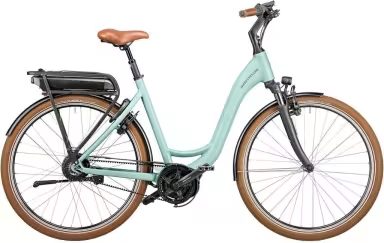
Riese & Müller Swing vario
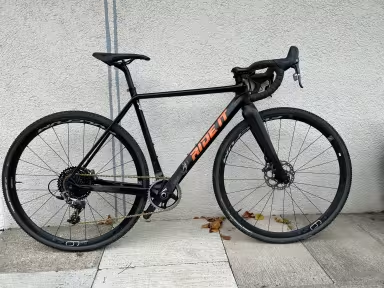
Eigenmarke Ride It
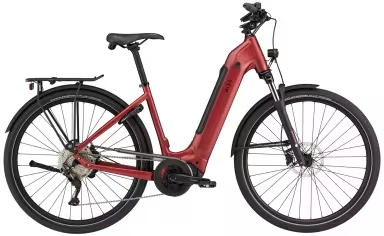
Bixs Campus-E
